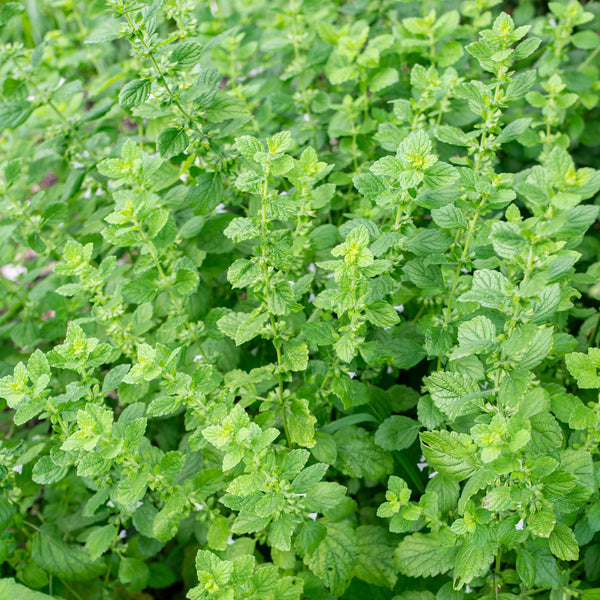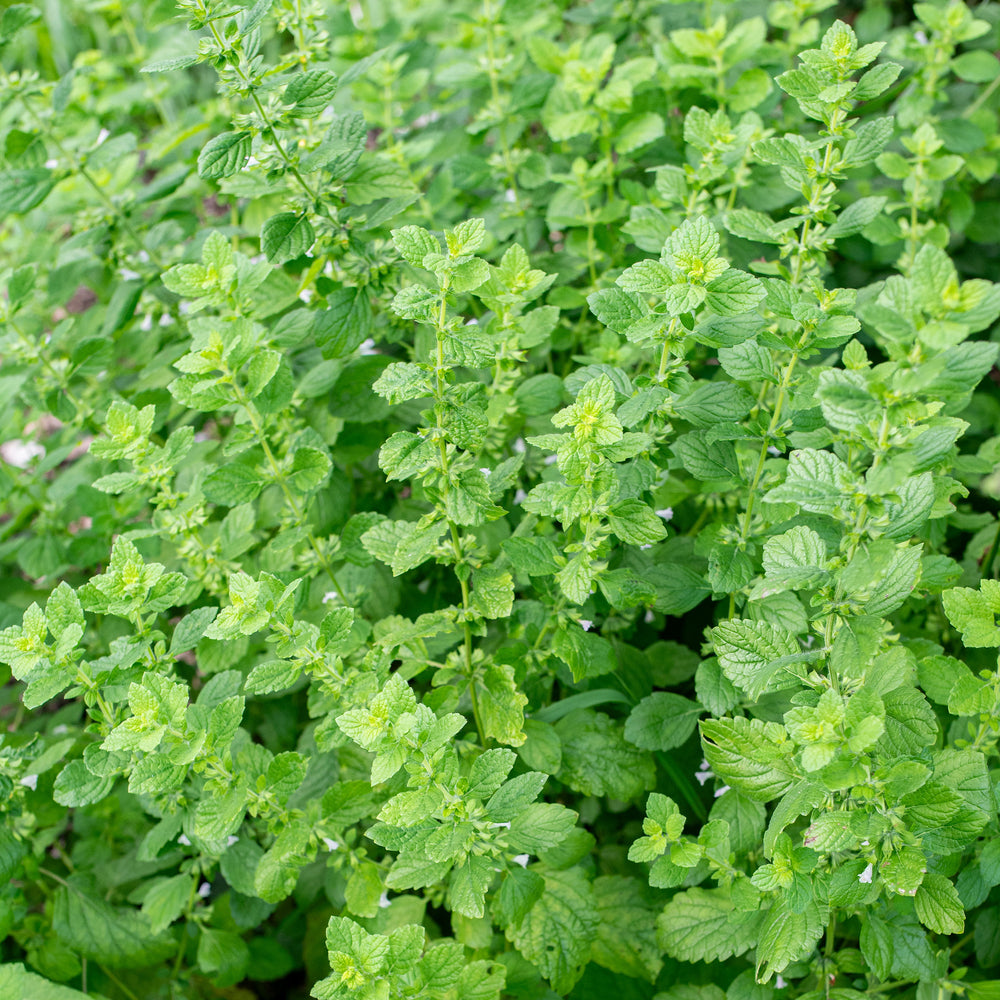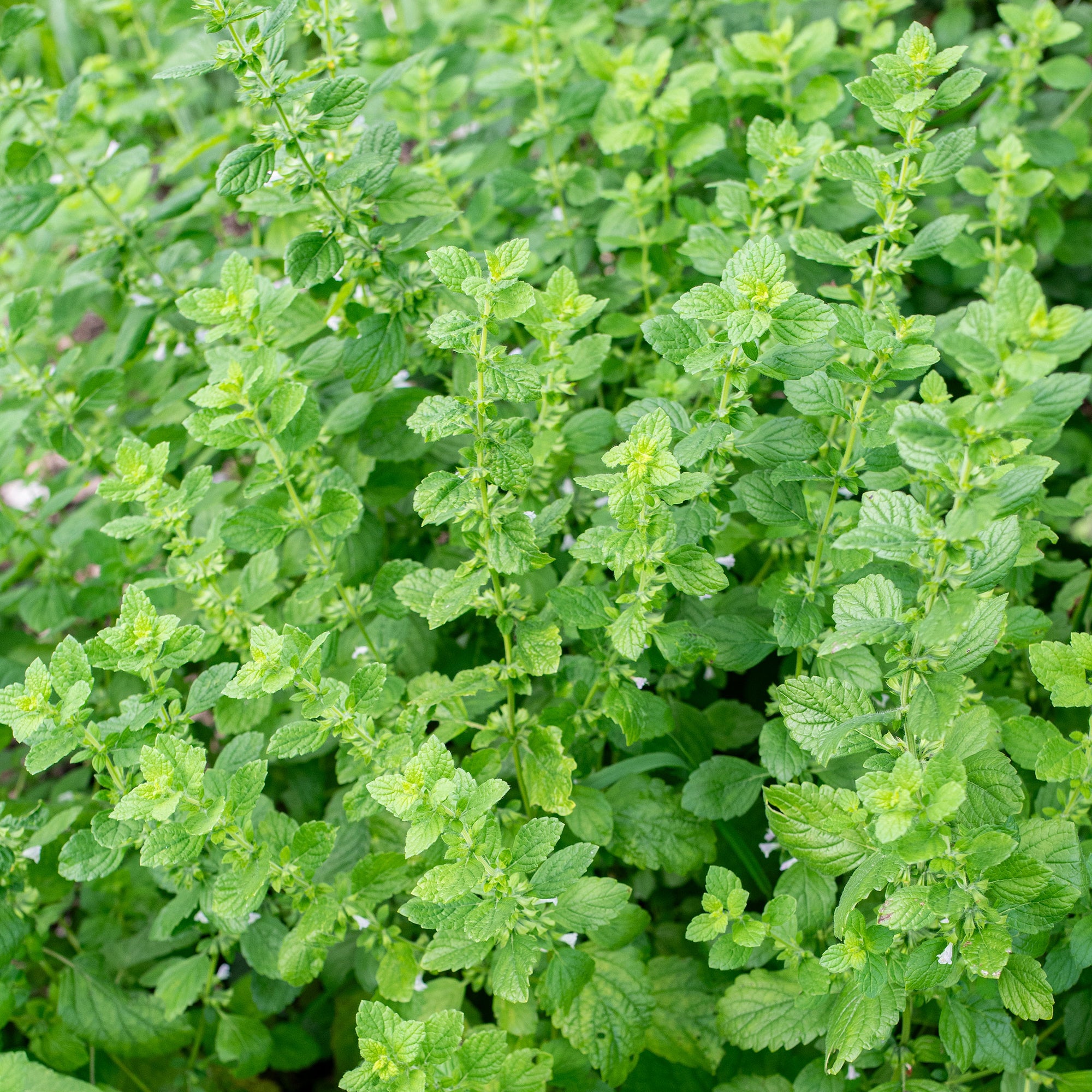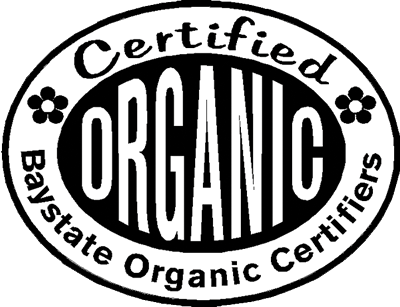Organic Seed
Lemon Balm Organic
Melissa officinalis
The glistening crinkled leaves of lemon balm hold a store of intense lemon-scented oils in their foliage and an irresistible amount of nectar for bee visitors. Native to southern Europe, it has a long association with beehives and, due to its thriftiness and delightful scent, is a constant in cottage gardens.
SKU #S1234OG
Currently Unavailable
Notify Me When Available

































